15 Must-Do Wildflower Hikes In The US For Nature Lovers
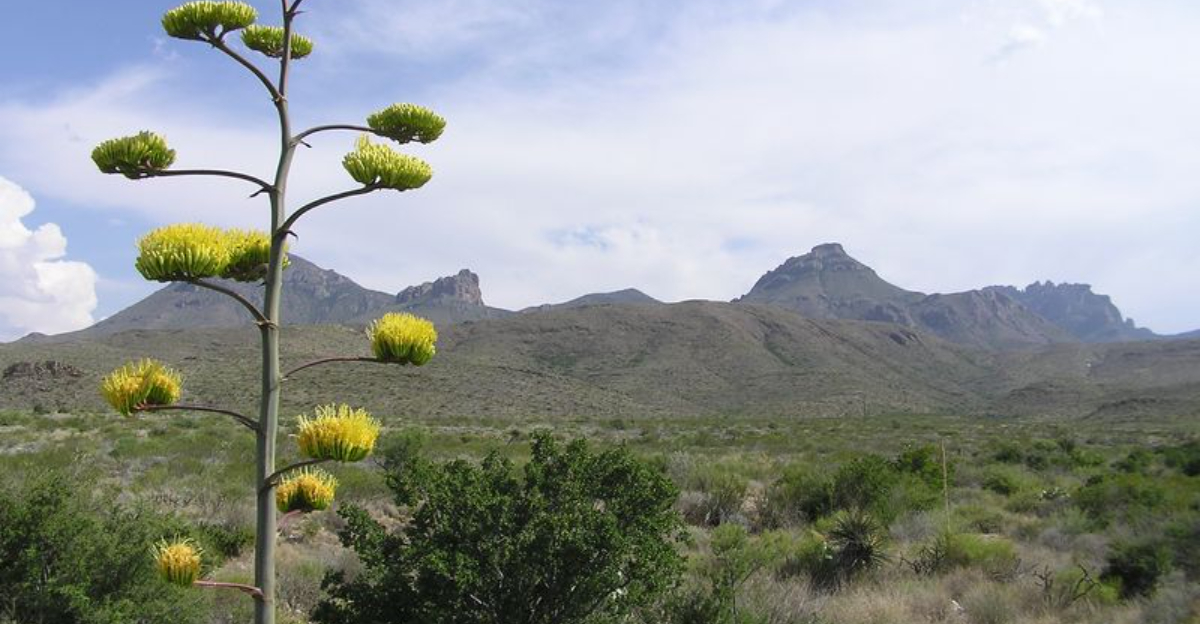
Hiking through meadows filled with wildflowers is an experience that feels like stepping into a painting. Across the United States, certain trails come alive with vibrant blooms, turning natural landscapes into living works of art. Whether you’re trekking through high-altitude alpine meadows or exploring sun-drenched desert paths, these wildflower hikes offer a breathtaking escape into nature’s colorful canvas.
These trails not only provide an opportunity to witness the stunning beauty of wildflowers in full bloom, but they also offer peaceful moments of reflection and adventure.
For those seeking both tranquility and awe-inspiring views, these hikes are the perfect way to connect with the natural world.
1. Mount Rainier National Park – Washington
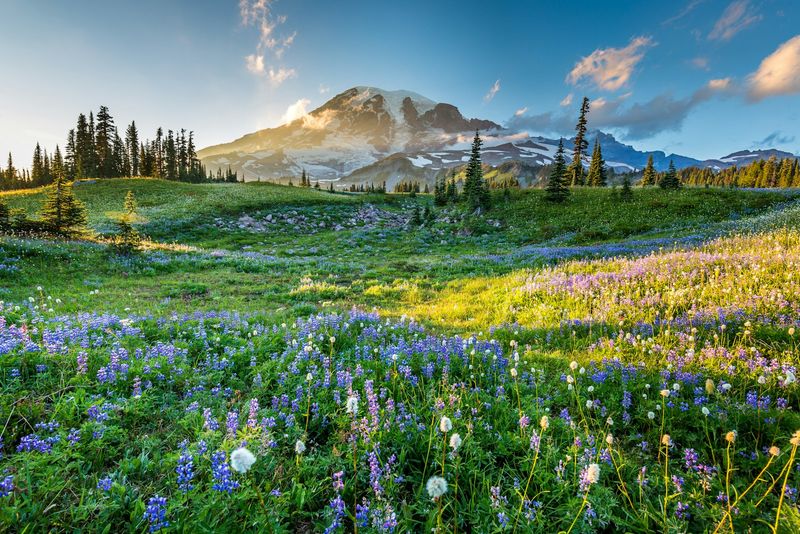
Wildflowers blanket the slopes of this iconic volcano during peak season (July-August), creating what locals call ‘Paradise’ for good reason. The Skyline Trail offers breathtaking displays of lupine, paintbrush, and beargrass against the backdrop of glaciers and the massive mountain.
Morning fog often lifts to reveal meadows so vibrant they seem unreal. Photographers flock here annually, hoping to capture the perfect combination of wildflowers, mountain views, and maybe even wildlife.
For the fullest experience, start early to avoid crowds and bring layers – weather changes quickly at higher elevations. The relatively moderate 5.5-mile loop makes this accessible for most hikers while delivering world-class wildflower viewing.
2. Great Smoky Mountains National Park – Tennessee/North Carolina
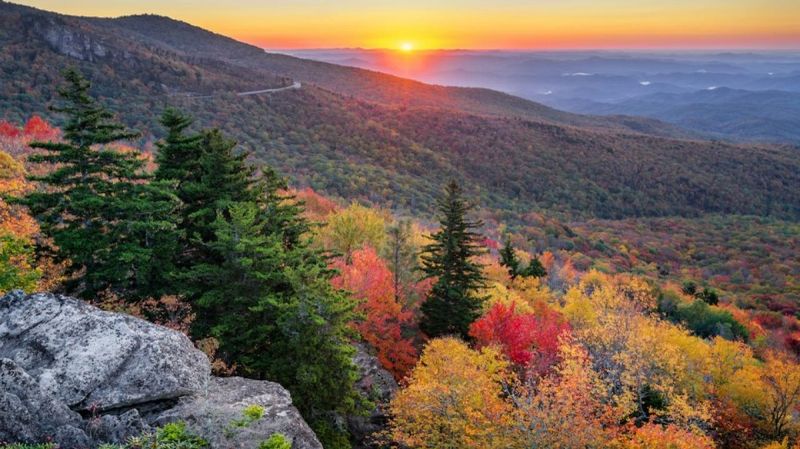
Spring transforms these ancient mountains into a wildflower enthusiast’s dream, with over 1,500 flowering plants earning the park its nickname as ‘Wildflower National Park.’ The Gregory Bald Trail explodes with flame azaleas in June, creating a natural garden unlike anywhere else in America.
Did you know these mountains harbor more plant species than any other national park in North America? Early settlers recognized this botanical treasure, using many plants for food and medicine long before scientists cataloged them.
Though moderately challenging at 8.8 miles round-trip with significant elevation gain, reaching Gregory Bald rewards hikers with panoramic views and a sea of orange, yellow, and red azaleas that seem to set the mountaintop ablaze.
3. Rocky Mountain National Park – Colorado
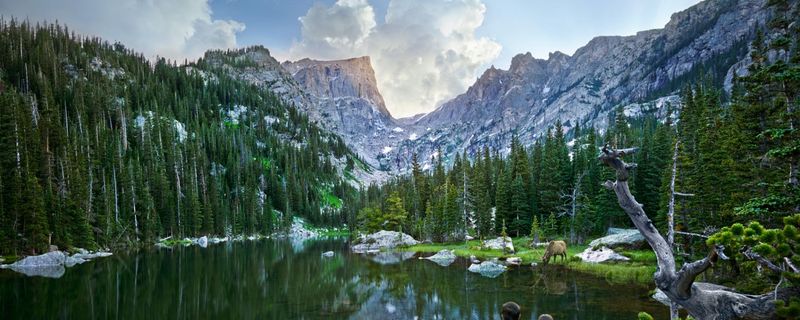
Alpine wildflower displays reach their spectacular peak in July and August along the Emerald Lake Trail. Blue columbines (Colorado’s state flower), scarlet gilia, and yellow sunflowers create a painter’s palette against dramatic rocky backdrops and crystal-clear mountain lakes.
Marmots and pikas often watch curiously as hikers traverse this relatively easy 3.5-mile round-trip path. The high elevation (over 10,000 feet) means flowers here have adapted to extreme conditions, producing more vibrant colors to attract pollinators during their brief growing season.
Early morning hikes offer the best photography opportunities and wildlife sightings. Remember that afternoon thunderstorms are common in summer, so plan accordingly and bring rain gear even on sunny mornings.
4. Yosemite National Park – California
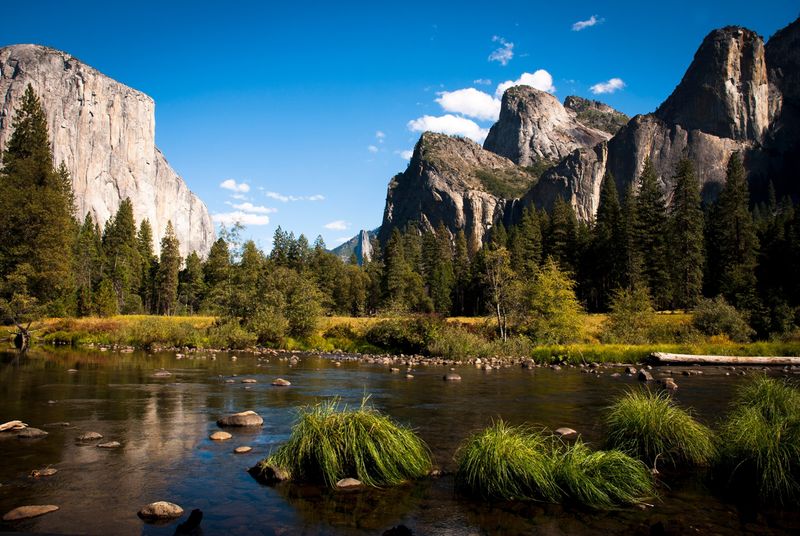
Wandering through Tuolumne Meadows in July feels like stepping into a living watercolor painting. This high-country paradise showcases shooting stars, alpine lilies, and crimson columbines scattered across expansive meadows framed by granite domes that define Yosemite’s unique landscape.
If you’re seeking a quieter Yosemite experience, this area offers relief from the valley’s crowds while delivering equally stunning scenery. The relatively flat terrain makes it perfect for families and casual hikers wanting to experience alpine wildflowers without strenuous climbing.
Ranger-led wildflower walks often enhance the experience with fascinating botanical knowledge. The meadow’s 8,600-foot elevation keeps temperatures pleasant even during summer months when valley temperatures soar, making it an ideal escape from heat.
5. Glacier National Park – Montana
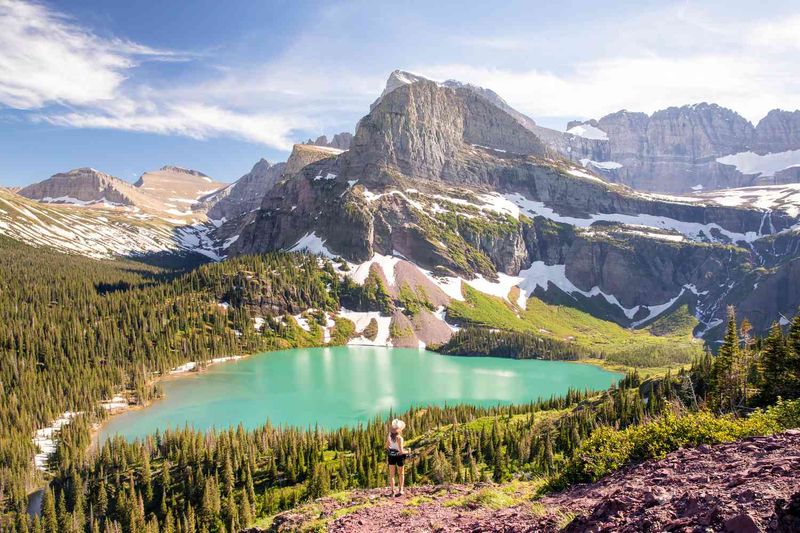
Hidden Lake Trail offers one of America’s most dramatic wildflower displays against a backdrop that earned this park its ‘Crown of the Continent’ nickname. Indian paintbrush, beargrass, and glacier lilies carpet alpine meadows while mountain goats casually navigate nearby cliffs.
This moderate 3-mile (round-trip) trail begins at Logan Pass Visitor Center, making it accessible yet rewarding. July and August transform these high meadows into natural gardens that contrast beautifully with turquoise lakes and jagged peaks.
Though wildflowers steal the show, wildlife viewing adds another dimension to this hike. Bighorn sheep, marmots, and occasionally grizzly bears frequent these meadows, so maintain awareness and bring binoculars. The boardwalk sections protect fragile alpine plants, reminding us how precious these ecosystems truly are.
6. Zion National Park – Utah
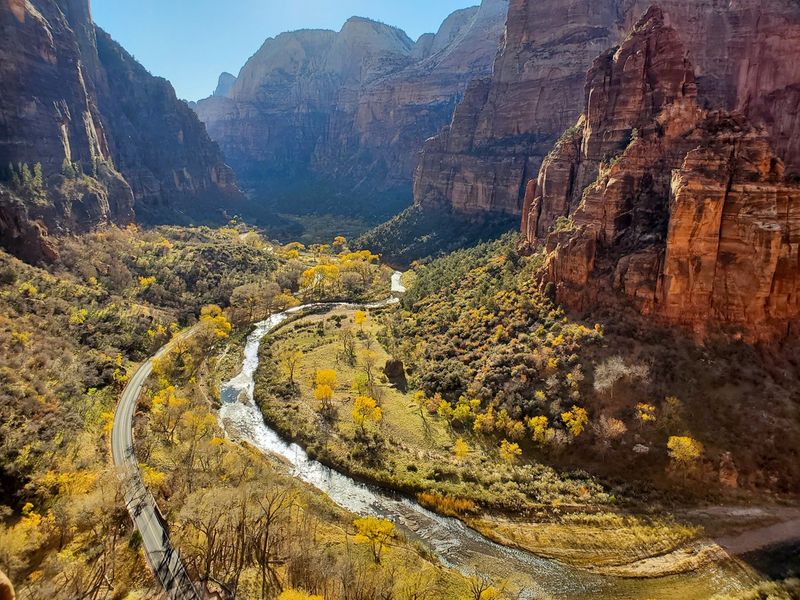
Spring transforms Zion Canyon into a desert wildflower showcase along the Pa’rus Trail. Desert marigolds, prickly pear blossoms, and scarlet monkeyflowers create surprising bursts of color against dramatic red sandstone cliffs and emerald cottonwood trees.
Unlike many wildflower hikes requiring strenuous climbing, this paved 3.5-mile round-trip trail follows the Virgin River with minimal elevation change. It’s wheelchair accessible while still delivering spectacular scenery and botanical diversity.
Evening walks offer cooler temperatures and magical light as sunset illuminates the canyon walls. April through June typically offers peak blooming, though desert wildflowers can surprise visitors year-round depending on rainfall patterns. The contrast between delicate flowers and massive stone formations creates a photographer’s paradise unlike anywhere else in the American Southwest.
7. Lassen Volcanic National Park – California
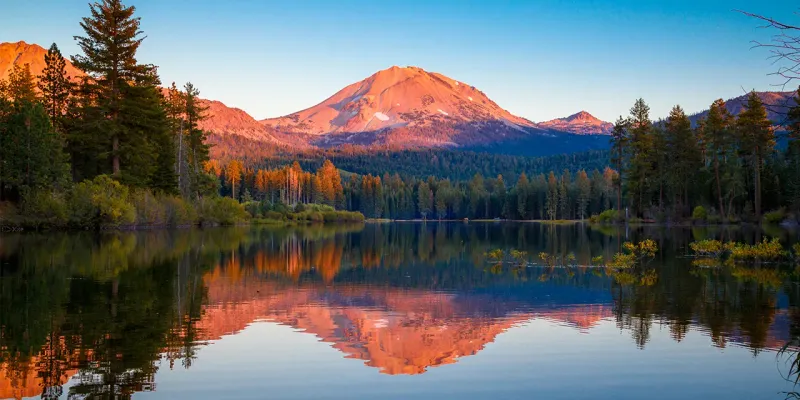
Bumpass Hell Trail reveals an otherworldly landscape where vibrant wildflowers thrive alongside bubbling mud pots and steaming fumaroles. The resilience of penstemon, lupine, and mule’s ears growing in this harsh volcanic environment creates a fascinating contrast that tells a story of adaptation and survival.
Though relatively short at 3 miles round-trip, this moderate hike packs incredible diversity into a small area. July and August transform the seemingly barren landscape into a colorful display that photographers cherish.
Lassen remains one of California’s less-crowded national parks, allowing for peaceful wildflower viewing without fighting for trail space. The high elevation (8,000+ feet) means comfortable hiking temperatures during summer months when lower elevations swelter. Remember to stay on designated paths – the hydrothermal areas can be dangerous, and fragile wildflower habitats deserve protection.
8. Acadia National Park – Maine
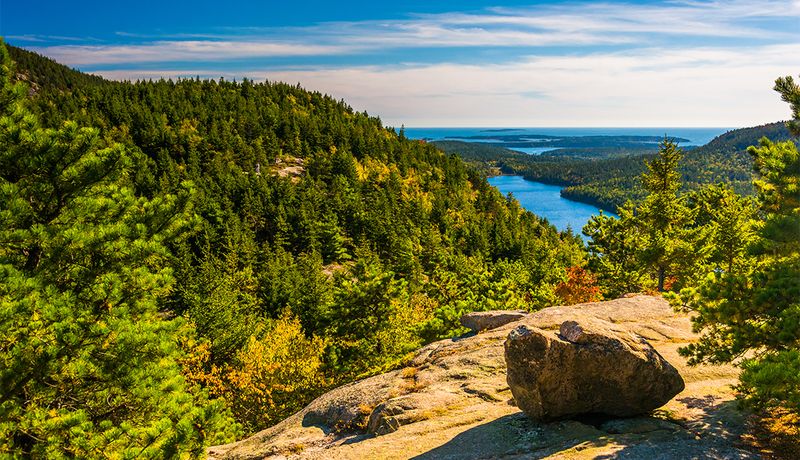
Coastal wildflower viewing reaches its pinnacle along the Ocean Path Trail, where seaside goldenrod and wild roses frame spectacular Atlantic Ocean views. This relatively flat 4-mile trail (one way) hugs dramatic coastline between Sand Beach and Otter Point, offering continuous panoramas.
Morning fog often creates ethereal scenes as wildflowers emerge from the mist with crashing waves as backdrop. Unlike western mountain wildflower hikes, Acadia’s coastal blooms extend through summer into early fall, with August and September offering particularly vibrant displays.
The trail passes famous landmarks like Thunder Hole and Otter Cliffs while showcasing Maine’s unique coastal plant communities. Island ecology has produced specialized adaptations in these plants, making them fascinating subjects for nature photographers and botany enthusiasts alike. Cooler coastal temperatures make this an ideal summer wildflower hike when inland areas become uncomfortably hot.
9. Shenandoah National Park – Virginia
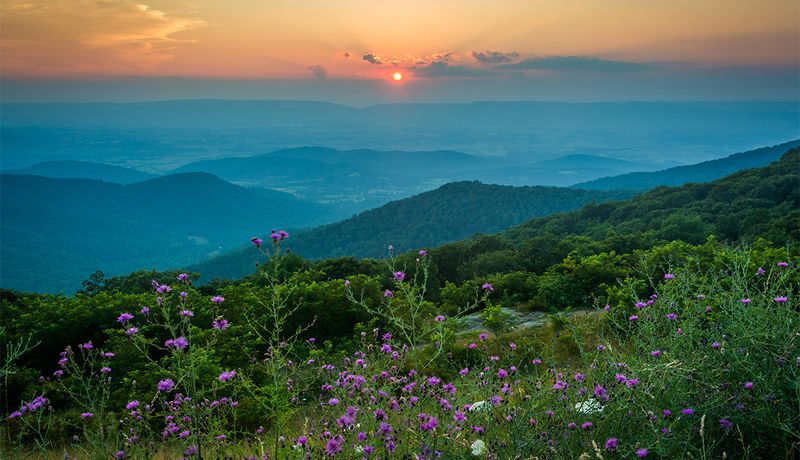
Old Rag Mountain’s Ridge Trail transforms into a botanical showcase each spring when trillium, violets, and wild geraniums carpet the forest floor. The challenging 9-mile circuit rewards hikers with not only stunning wildflower displays but also panoramic Blue Ridge Mountain views from rock scrambles near the summit.
Though demanding, this hike perfectly represents the Appalachian Mountain ecosystem in bloom. Early morning starts are essential during peak season (April-May) as the trail’s popularity can lead to crowded conditions.
History and botany intertwine here, as many plants were used medicinally by both Native Americans and early European settlers. Ranger-led programs often highlight these cultural connections. Fall brings a second wildflower season with goldenrod and asters complementing the changing foliage, creating a completely different but equally beautiful experience for those who return in different seasons.
10. Sequoia National Park – California
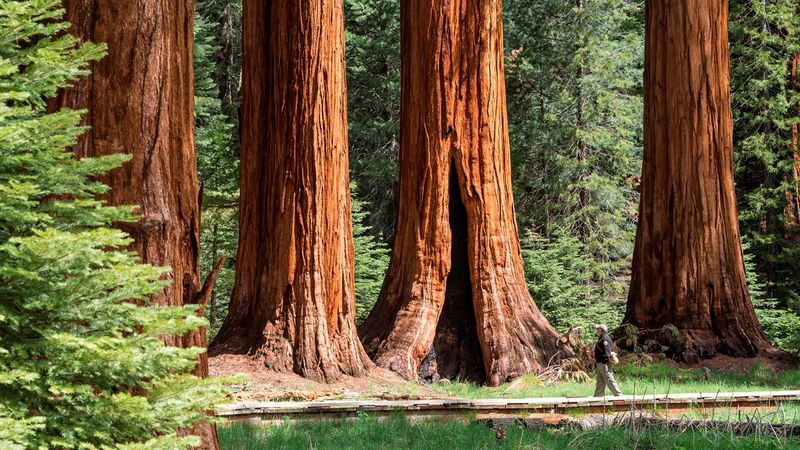
Crescent Meadow Loop showcases wildflower diversity unlike anywhere else, with shooting stars, lupine, and corn lilies creating colorful carpets beneath the world’s largest trees. The juxtaposition of delicate blooms against massive sequoias creates unforgettable scenes that highlight nature’s range of scale.
This gentle 2-mile loop trail offers accessibility without sacrificing beauty, making it perfect for families and casual hikers. Black bears frequently visit these meadows, adding wildlife viewing opportunities to the botanical experience.
John Muir called this area ‘the gem of the Sierra,’ and springtime reveals exactly why. The relatively low elevation (compared to other Sierra Nevada locations) means earlier blooming seasons, typically beginning in May. Evening walks often provide magical light filtering through the giant trees onto meadow flowers, creating photographic opportunities that draw professionals from around the world.
11. Bighorn National Forest – Wyoming
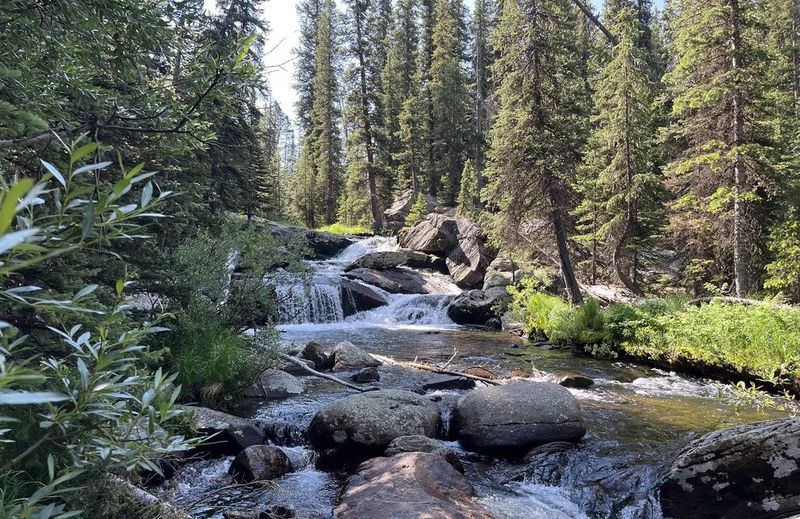
Medicine Wheel Passage Trail combines wildflower viewing with Native American cultural significance in this lesser-known Wyoming treasure. Alpine forget-me-nots, paintbrush, and sticky geranium create a colorful path leading to an ancient ceremonial site at nearly 10,000 feet elevation.
How many hikers know this moderate 1.5-mile trail (round-trip) showcases some of Wyoming’s most diverse alpine wildflower displays? July and August transform these high meadows into natural gardens with 360-degree mountain views adding to the experience.
Weather changes rapidly at this elevation, so layers and rain gear are essential even on sunny mornings. The relatively short distance makes this accessible for most hikers while still providing wilderness solitude that’s increasingly rare in more famous national parks. The cultural significance of the Medicine Wheel adds depth to the experience beyond mere scenic beauty.
12. Saguaro National Park – Arizona
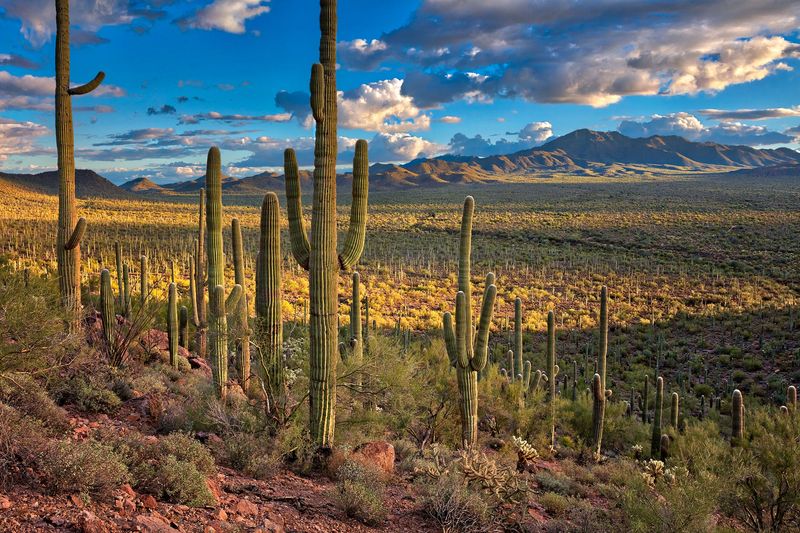
Desert wildflower displays reach spectacular heights along the Valley View Overlook Trail, especially following wet winters. Mexican gold poppies, lupine, and owl clover create carpets of color between iconic saguaro cacti, completely transforming the perception of desert landscapes.
March typically delivers peak blooming, though timing varies with winter rainfall patterns. The relatively short 0.8-mile round-trip makes this accessible for all ages while still delivering postcard-worthy views of wildflower-filled valleys framed by mountain ranges.
Early morning or late afternoon visits provide the best photography lighting and more comfortable temperatures. The western section of the park (Tucson Mountain District) generally offers more abundant wildflower displays than the eastern section. Desert adaptations give these plants remarkable resilience – many complete their entire life cycle in just weeks, making their brief, brilliant showing even more precious to witness.
13. Joshua Tree National Park – California
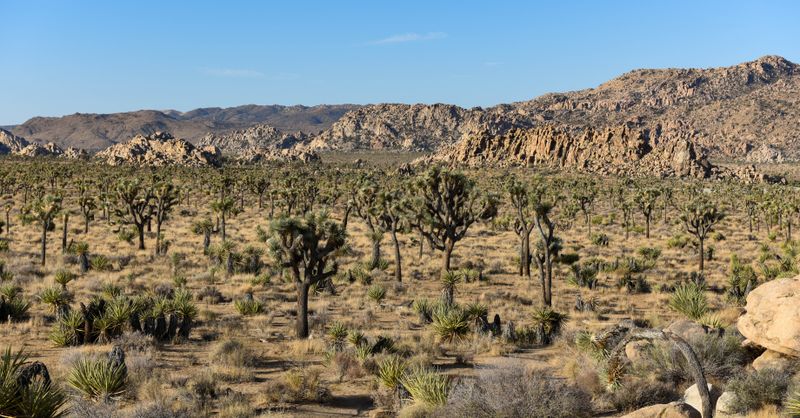
Spring transforms this desert landscape into a botanical wonderland along the Barker Dam Nature Trail. Following winter rains, desert marigolds, ocotillo, and cholla blossoms create surprising color against the otherworldly rock formations and distinctive Joshua trees.
This easy 1.3-mile loop combines cultural history, wildlife viewing opportunities, and spectacular wildflower displays. March and April typically offer peak blooming, though desert superblooms (occurring every 5-10 years) can carpet entire valleys with flowers visible for miles.
Sunset hikes provide dramatic lighting for photography as golden hour illuminates both flowers and rock formations. The relatively short distance makes this accessible while delivering quintessential Mojave Desert scenery. Hikers frequently spot desert bighorn sheep and various bird species near the historic dam, adding wildlife viewing to the botanical experience. Night sky viewing adds another dimension for those who linger after sunset.
14. Death Valley National Park – California/Nevada
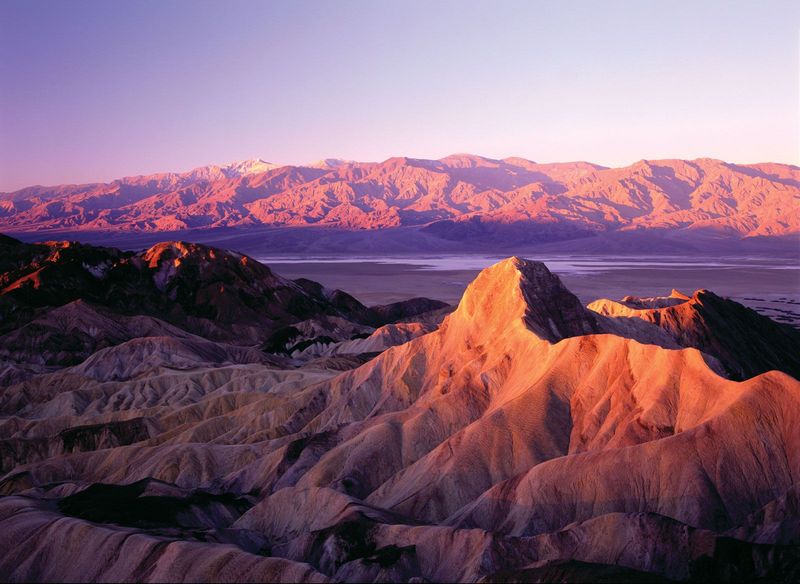
Witnessing a Death Valley superbloom transforms the driest place in North America into a carpet of desert gold, phacelia, and desert five-spot flowers. The Badwater Basin area becomes particularly spectacular during these rare events, typically following winters with above-average rainfall.
Though unpredictable (occurring roughly every decade), these superblooms attract visitors from worldwide to witness the desert’s remarkable resilience. February and March offer the best chances for viewing, with lower elevations blooming first, followed by higher areas as temperatures warm.
Death Valley holds the record for the hottest temperature ever recorded on Earth, making the delicate flowers that emerge here even more miraculous. Many seeds lie dormant for years, waiting for perfect conditions. The Artists Drive scenic loop provides an excellent auto route for viewing multiple wildflower areas while enjoying the park’s famous colored mineral deposits as a bonus.
15. Chihuahuan Desert – Texas/New Mexico
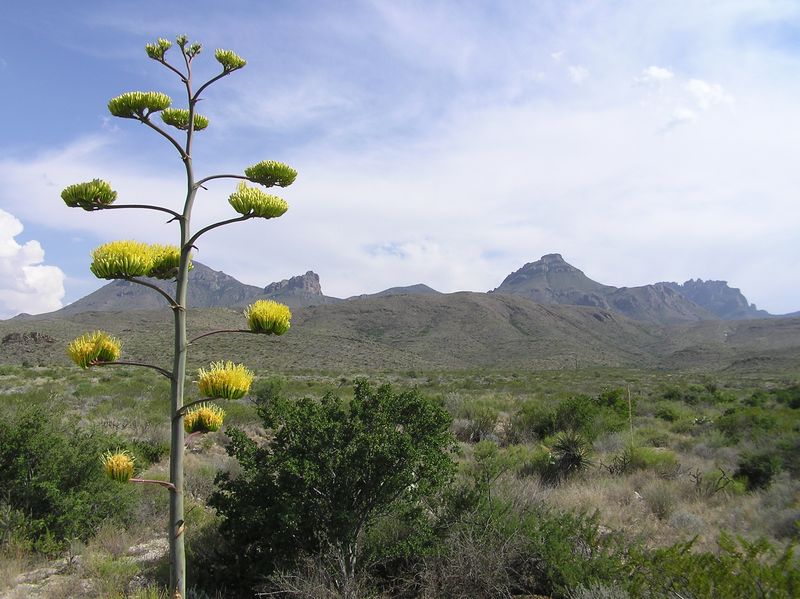
Big Bend National Park’s Lost Mine Trail showcases the surprising diversity of desert wildflowers against dramatic canyon backdrops. Depending on rainfall patterns, March through May brings spectacular displays of bluebonnets, yucca blossoms, and prickly pear flowers that transform this seemingly harsh landscape.
The moderate 4.8-mile round-trip climb rewards hikers with panoramic views across the Chihuahuan Desert into Mexico. Morning hikes offer cooler temperatures and better lighting for photography of both landscapes and delicate flower details.
Unlike many desert environments, Big Bend’s varied elevation zones create multiple blooming seasons as flowers progress from lower canyons to higher mountain areas. The park’s remote location means fewer crowds than many national parks, allowing for peaceful wildflower appreciation.
